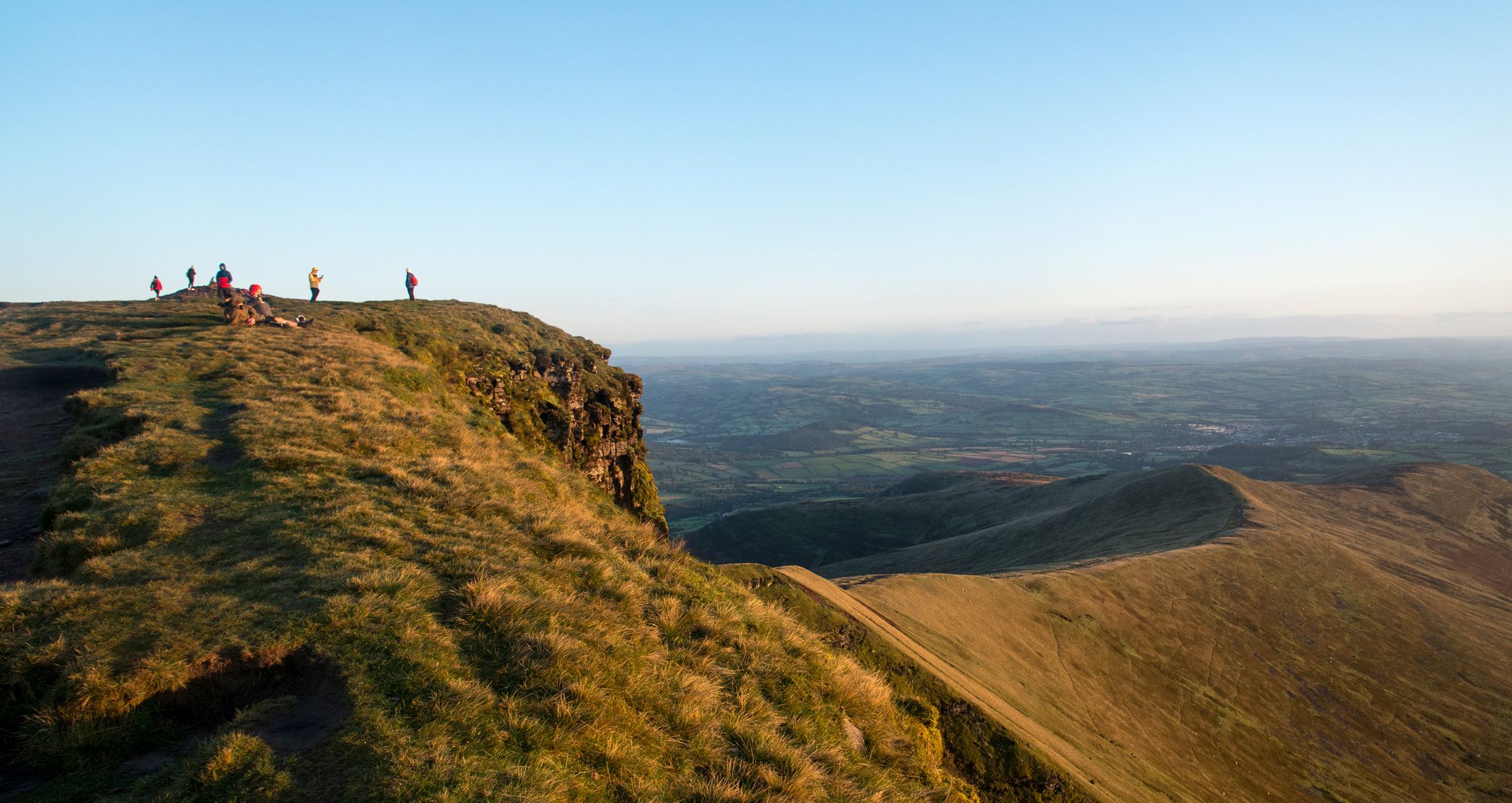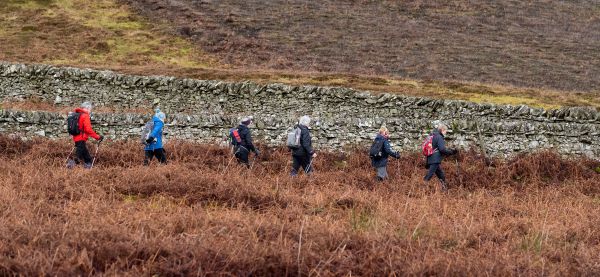Freedom to roam - What we think
The Ramblers’ position on the freedom to roam and open access land in England and Wales.

Why and how the freedom to roam should be extended
The freedom to roam responsibly across open, green spaces allows us all to get out walking, to reconnect with nature, and improve our health and wellbeing. The freedom to explore places off path is an important part of many people’s enjoyment of the outdoors. But millions of people don’t have this opportunity close to home.
We want the freedom to roam in England and Wales to be extended so that it is more equally accessible and better connected to our footpath network, as well as our towns and cities. In England and Wales the freedom to roam refers to open access land and is also known as the right to roam.
Scotland introduced rights of responsible access across the country in 2003.
What we have achieved so far
In 2000, after decades of campaigning from the Ramblers, the government introduced the freedom to roam across 3 million acres of mountain, moor, heath and downland in England and Wales. This was introduced through the Countryside and Rights of Way (CROW) Act and was a huge step forward in access rights.
The freedom to roam stretches across large areas of mostly remote uplands, where few people live and where there are often few public paths. It currently covers almost a fifth of Wales’ countryside, and a smaller proportion of England, with the vast majority in National Parks such as the Lake District, Peak District and Yorkshire Dales. In some areas of the country there is very little open access land. For example, only 0.6% of land in Kent is open access, compared to 72% of the Peak District. There is also little open access land in the areas surrounding our towns and cities meaning much of the British population has limited opportunity to explore freely near to where they live.
Having campaigned for decades to win the CROW Act, the Ramblers continues to support the principle of the freedom to roam alongside an accessible and well-maintained path network.
We believe that legal rights to walk in the countryside are far preferable to relying on landowners giving permission to walk. Where rights are legally secure, the public can be sure about where they can go and have the knowledge and confidence to explore freely.
What we want to see in the future
There are opportunities to bring the joy and benefits of exploring off-path to more people and places. We want the freedom to roam to be more equal, cover more landscapes and be more connected and accessible.
A more equal freedom to roam
We want the freedom to roam to be expanded so that there are more opportunities to walk off-path in the places close to where we live. Creating these opportunities has the potential to improve health and wellbeing, and boost people’s confidence to explore further afield.
Freedom to roam in other landscapes
The freedom to roam through the CROW Act gives access to 3 million acres of land such as mountains, moorlands, heaths and downlands. We want the freedom to roam to be expanded to other areas, such as woodland, riversides and grasslands.
Woodland
We currently have the freedom to roam across most publicly owned woodlands managed by Forestry England and Natural Resources Wales. These provide an example of how public access, woodland wildlife and forestry operations can be managed together. But this is just a small proportion of total woodlands in England and Wales and we think access to woodland should be the norm.
Riversides and lakesides
People love to explore beside rivers, lakes and reservoirs and time spent near water is linked to increased health benefits. But current open access rights do not apply to many watersides.
We campaigned for the England Coast Path, which will grant access to over 4,500 km of coastline once complete. This is an exciting new model for public access, with both a waymarked path and accompanying areas of open access – and has great possibilities for access to more watersides and other landscapes in future. In Wales, we are supporting calls for the CROW Act to cover coast and cliffs, as part of the Welsh Government’s ongoing access reform work.
Grassland
Across England and Wales we have the freedom to roam across mapped areas of ‘downland’. The definition of downland excludes most grassland, and much of what it included is the least suitable for walking on.
Having a freedom to roam on more grasslands would open many important stretches of land that are ideal for walking, often nearer to where people live.
Open access land that is connected and accessible
The freedom to roam in England and Wales is mapped by land type. An unintended result is that many places where people have this right are fragmented, and difficult to get to and through.
Some places have only one point of access, and others aren’t connected to public footpaths or roads at all, making it very difficult to enjoy the freedom to roam. To make open access land truly accessible, we need to address these gaps and lack of connectivity. We also need to make access points clearer. For example, they should be shown on maps and be better signposted so that people can get into, through and out of the land more easily.
As a charity, you can support our work to protect and improve our paths and green spaces by donating or becoming a member. Together we’ll increase access to green spaces, open up more places to walk and boost Britain’s wellbeing one step at a time.
Let's unlock the outdoors
As part of our Outdoors Unlocked campaign, we’re calling for the freedom to roam to be expanded to cover woodland, watersides, and more grassland. This would have a huge impact. Woodland alone would more than double the coverage of the freedom to roam in England.
It would also directly benefit those that need it most. It would give the most deprived groups easy access to the freedom to roam within a 20-minute walk from their front door. Falling from well over an hour now.
We believe the outdoors should be for everyone. Expanding the freedom to roam can help make this a reality.

Where you can walk in England and Wales
Helping you understand your rights, where you’re allowed to walk, and how to find new places to explore.

A simple guide to Scottish access rights
How to enjoy Scotland’s world-class access rights, while following the Scottish Outdoor Access Code.